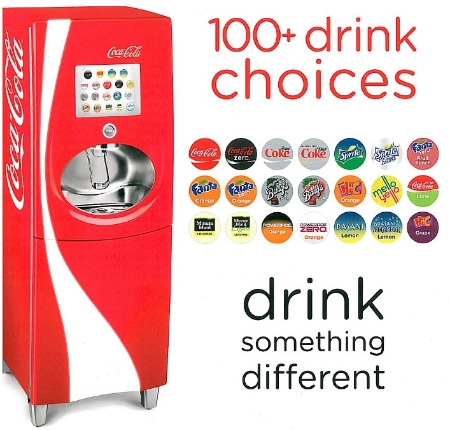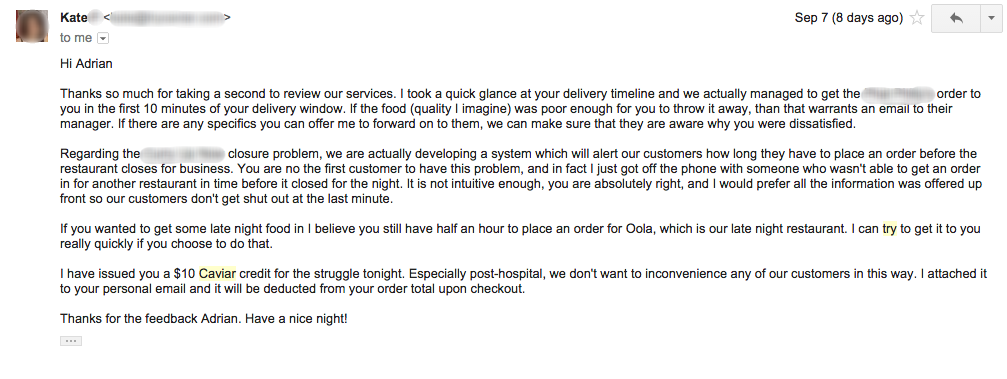Hello! - Welcome back to this five part series on Customer Advocacy Strategies. Today we’re going to focus on the sheer importance of ‘knowledge creation’ through partnerships with consumers. If you’ve missed any of the prior articles, please feel free to click below and check them out so you can make the most out of this session.
Part I - Focus on Customer Success
Part II - Build a Marketing Context
Part III - Value Knowledge-Creating Relationships
Part IIII - Enable Choice Transparency (Coming Soon)
Part V - Customer Advocacy - Let’s Wrap it Up! (Coming Soon)
When looking at how companies can harness knowledge, there are a variety of methods that can be put in place, today I’m going to focus on three in particular; co-creation, employee empowerment and three-way communications. Remember, when reading these think back to prior articles that discuss how the key is to create two forms of success - as this will influence advocacy. 1) The customer feeling that have contributed to the future success of the company and 2) The customer themselves become successful based on their interaction with the company.
Lets get cracking:
Co-Creation
In simple terms, co-creation is the where the customer and company are creating, changing, adding value or working together through any part of the process of a product or service. Co-Creation is one of the most IMPORTANT variables of Customer Advocacy and any company who decides to take this on board on whatever level will see clear benefits and a trust increase from their customers. Here are a couple of types of co-creation to give you some context:
Co-Creation through Workshops
As the spearheads of awareness and WOM, your advocates would be more than willing to give up their own time in order to aid the future success of the company while having their ideas heard. Whether its a new product, new brand, future improvements or even a website re-design, these folks will give it to you straight. Remember, most advocates consider this a friendship, so there’s no conforming to loud personalities or being shy. These folks have ideas and they WANT them heard because they want both you and themselves to be successful.
Co-Creation through Mass Customization
This technique has been around for a little while, but with continuous advances in technology it doesn’t stop evolving, especially as 3D printers have just hit the shelf - mass customization hasn’t even begun to show its true potential. Common examples include Nike’s ‘make your own’ sneakers, or Coca-Cola’s ‘Flavor Mix Fountains’. Giving customers the choice to build something of meaningful personal value is a surefire way to gaining their trust. The key argument i’ve seen time and time again is: “but we don’t have time to customize every single product, we’re not a billion dollar enterprise”. While that argument was true, the way technology is going it isn’t going to be much longer. Companies who start to look at how they can add individual value to their customers through tailoring their experience will be a step ahead of the rest.
Co-Creation through Crowdsourcing
Regardless of a company's size, Crowdsourcing is a great way to seek knowledge from both existing customers while creating a plethora of awareness for those who may not have heard of your brand before but are intrigued. The deal here is that you define a problem, a question or in some way seek advice from the community, rewarding the chosen idea(s) in return. The end result? You come away with an array of unquestionably valuable knowledge and a much larger following than when you started with.
Co-Creation through Open Source
Found more commonly with software providers, Open Source can be an incredible resource for the development and maintenance of products or services. Mostly, because the people contributing ARE making an impact to the on-going improvement of the software in question. Basically, they become a part of the process, so it becomes THEIR baby too. Key examples of this would be Linux and Firefox.
Co-Creation through Added-Value
This type of knowledge allows you to understand the particular reasons and habits behind your customers purchase decision, which can be used to tailor certain aspects in the future. Take OptiMind for example, these guys came up with a quirky and aesthetically pleasing dietary supplement that gives you more focus, memory and energy. The concept itself is cool, but what really stands these guys out is there focus on helping consumers get the most out of their experience. Each package (which looks amazing by the way), contains an elaborate piece of card and a pen. The card simply entails “What will you achieve over the next 30 days” - giving the customer the option to write whatever goal, motivation or aim they have and pin it in a place they will see it each and every day. OptiMind has taken a step further to push their customers and that’s where the added value is born. It may sound simple - but it works.
Sorry about the ads - they help me keep the site running!
Sorry about the ads - they help me keep the site running!
Encourage Employee Relationship Empowerment
This term essentially outlines how a company should give more responsibility to its employees to use their own knowledge when dealing with all facets of the business. Whether this means having a direct influence over what training procedures are implemented or simply being able to speak with customers in a way they deem fit rather than reading from a script - results have shown that empowerment increases happiness and motivation both internally (employees) and externally (customers).
I recently used TryCaviar, a gourmet food delivery service that focuses on higher-end cuisine. After ordering, our food arrived pretty quickly, the only problem was that two out of our three meals just didn’t taste right, so we ended up throwing them in the trash. A quick email to TryCaviar resulted in a response time of just four minutes and a message that read on a HIGHLY PERSONAL level. Writing her email on a very 1-1 level, not only did Kate deal with the problem momentarily, she also gave me a solution to my issue and even dropped in a little apology gift to make sure I went away feeling gratified. I can happily say the food I ordered the next day was DE-LI-CIOUS! TryCaviar - Kate just got you guys named as my second Customer Happiness Champion - great work! :-)
Encourage Three-Way Communications
It is essential for knowledge to be created in every way possible and in this case that means being the enabler of communications between:
Customer - Organization
Organization - Customer
Customer - Customer (most valuable)
Ultimately, the best way to harbor knowledge from all of those around you is to not only accept, but PROMOTE communications amongst EVERYBODY. The more minds that work together will not only result in more meaningful relationships and loyalty, but most importantly, a surge of advocacy, and thats exactly why you’re reading this article. Remember… “the whole is greater than the sum of its parts” and when it comes to customer advocacy, the company and the customers are together, “the whole” we speak of.
In sum - knowledge is an incredibly powerful tool and companies should be ensuring they partner wherever possible, whether with customers, employees or suppliers to encourage trust loyalty and above all - Customer Advocacy. Thank you for reading part III and feel free to write your thoughts, experiences, suggestions or any further examples you can think of!
More of Adrian's work that may interest you:
Customer Commitment: Are You Holding Customers Hostage?
Interview With EAT24 - The Customer Happiness Champions
4 Personality Traits That Will Make You A Social Magnet
5 Networking Personalities That Make You A Complete JERK
3 Common (& Avoidable) Customer Service Pitfalls That Destroy Customer Relationships
Customer Advocacy - Focus on Customer Success (Part I)
Customer Advocacy - Build a Marketing Context (Part II)







